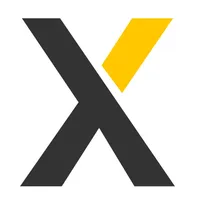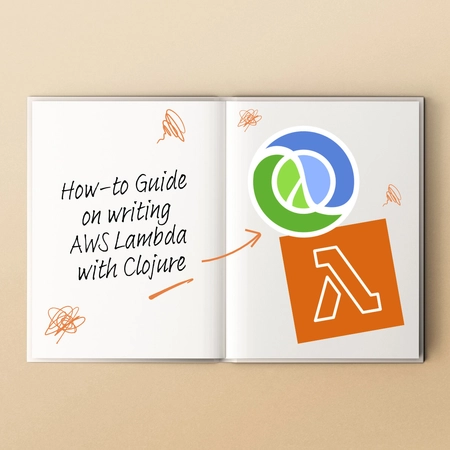In January 2016 we released our first JUXT technology radar. We took ThoughtWorks’ tried and tested model and applied it to the world of Clojure. Now, five years on, we’ve decided to revisit our Clojure Radar, reflect on our predictions and the shifts we’ve seen in the Clojure ecosystem since, and launch a refreshed radar for 2021.
You can check out the new JUXT Clojure Radar now.
Our goal
As we revisited the radar format it became clear early on that it can be useful in a variety of ways:
-
It creates discussion amongst JUXTers about their views on the best tools and techniques available today.
-
If you haven’t visited an area of Clojure or ClojureScript before (or in a while) the radar provides a set of recommendations to get you going.
-
If you’re interested in broadening your horizons, the radar can sign-post new tools that may give your team a critical advantage.
-
If you haven’t reflected on your chosen stack in a while, the radar can help you challenge your own decisions, and identify potential risks.
We grappled with these different perspectives, but decided that they’re all valid, and also good reasons why you and your team should consider making your own radar. ThoughtWorks have produced some great materials to explain and support the process.
It was useful to think about what the radar is not. Space is limited on the radar — which proved to be a good thing — so it’s not an exhaustive document covering our opinions on all tools and libraries. We also can’t speak for the Clojure community, or universally survey all Clojure teams, so we decided early on that the radar should represent JUXT’s latest thinking on the tools we use and like.
Our recipe
We try, as far as possible, to stick with the widely recognized radar formula, so we use Assess, Trial, Adopt, and Hold as our radar rings. We struggled at times to reconcile the way these terms are used by ThoughtWorks with our own plans to create a Clojure-specific radar, and as we iterated we found definitions that worked best for us:
-
Assess: We’re interested in this library or tool. We think it could have great potential but we have not yet formed a strong opinion. This may be a library we have not yet used, or one that we have only begun to explore.
-
Trial: We have some experience with this library or tool and we like the results. We’re not yet certain about how widely applicable it will be, but we plan to continue to use it on projects where the risk is low.
-
Adopt: We’ve used this library or tool extensively. We like it, and prefer it to alternatives. We think it brings great benefit to our projects and we’ll use it without hesitation.
-
Hold: We have experience with this tool or library on past projects and we feel that we may not opt to use it again in future, or at least think very carefully when we do. This may be because we have a growing concern about its impact, or we simply prefer an alternative.
Sorting tools and libraries using these categories (and the visual part of the radar) are really only half of the story, so we’d encourage readers to use the accompanying text to understand our motivations in each case.
What’s changed since 2016?
Five years is a long time between radars, and a lot has changed in the Clojure ecosystem in that time. We’ve had some notable movers that we wanted to call out:
-
Mount, from Trial to Hold. There’s been a lot of competition in this space, with Mount, Component, Integrant, clip and many others vying to help wire up your application and manage the stateful parts. We feel that Mount encourages more code that depends on global state. We prefer Component’s approach, and this has been improved and extended with greater flexibility through the arrival of Integrant.
-
Buddy (buddy-auth and buddy-sign), from Trial to Adopt. Buddy has proven a successful choice for JUXT projects. As a piece of critical security implementation we preferred in 2016 to give it more time in the field before moving it to Adopt. Since Buddy has continued to offer enduring value and has had another 5 years of widespread use, we’re deeming it a good choice.
-
Boot, from Trial to Hold.
-
Schema, from Adopt to Hold.
-
Timbre, from Trial to Hold. For logging, our preference is to maximize performance and compatibility. We’ve found the best and most enduring way to do this is a combination of tools.logging and Logback configuration.
-
Aero, from Assess to Adopt. We’ve continued to use aero widely on JUXT projects in recent years and it has proven to have enduring value.
Of course, as part of compiling our new radar we’ve picked up a broad selection of new additions too. A few of note:
-
Babashka, in Adopt. We’ve loved following tools produced by the indefatigable borkdude, and we think babashka is a truly transformative tool. It has quickly replaced bash wherever scripts are useful, and further cemented Clojure as a universal language for teams.
-
Lacinia, in Adopt. A mature and effective GraphQL implementation for Clojure.
-
shadow-cljs, in Adopt.
Creating your own radar
We’re not experts, but some things we think will help:
-
Come to a common understanding about what Adopt, Asses, Trial and Hold mean to your team. We recommend you stick with these to give your radar some grounding structure that’s common to other tech radars, but you may want to tweak the definitions.
-
Don’t try to make your radar exhaustive. If you have nothing to say about a tool or library then leave it out. The radar works best to answer questions about incoming technologies, to champion the best, or to highlight tools or libraries that pose a particular concern for your team.
-
If you can’t reach something close to agreement on a library or tool, leave it out. Producing a radar should build consensus and bring people together, not push them apart!
-
Don’t skip the text. The blips on the radar can be useless without context, so it’s important that you try to articulate why the things on the radar sit where they do.
Our radar graphic is produced by ClojureScript and is easily embeddable in any web site. You can create your own by forking juxt/radar. Alternatively, ThoughtWorks have a great build your own radar tool that pulls data from a Google Sheet.









